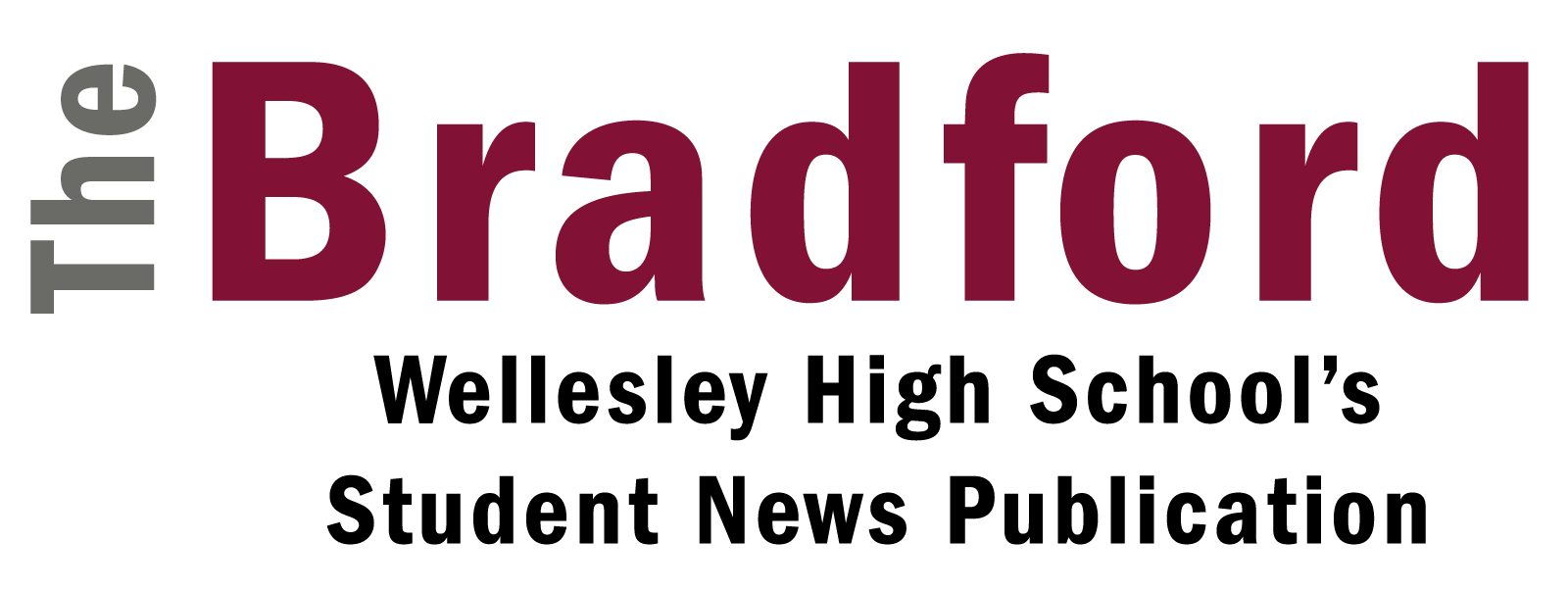The images and words printed by Charlie Hebdo can be viewed as offensive, maybe disturbing, immoral, horrifying even, and this is exactly why they are printed. Charlie Hebdo targets big issues and throws them in the public face in such a way that they are impossible to ignore. Something Charlie Hebdo didn’t anticipate, however, is that they would be thrown into the center of a new debate on one of the oldest issues: freedom of speech.
As time moves forward, freedom of speech becomes more important and less appreciated. In the age of social media, anyone can say anything almost anywhere, and people certainly take full advantage of this right. However when this right is attacked in such a way as it was in the attack on Charlie Hebdo, it forces a reconsideration of what this right truly means. Freedom of speech is at its basis a legal right, however words do not simply have legal implications but rather social and moral implications as well.
Charlie Hebdo has been under scrutiny for a long time and was recently attacked not because of illegal speech but rather because of speech that people considered offensive and immoral. These words and images broke outside the accepted social and moral limits of speech. People were shocked and angered again and again by the covers of Charlie Hebdo. Yes, these were offensive, yes even immoral, and that is precisely the point. Charlie Hebdo aims to shock and offend the public with their cartoons in the way they want to public to be shocked and offended by the issues depicted in the cartoons. Charlie Hebdo wants the public to be angry, to yell and shout and cause an uproar and continue to shout until they are yelling at the issues and continue causing an uproar until something is done to fix them.
Yes, the recent attacks on Charlie Hebdo were offensive, yes they were shocking and horrible and terrifying. Charlie Hebdo wants you to be offended, to get angry. But they want you to channel your anger not at the cartoons or at the event or at the people responsible, they want you to yell and shout at the issues depicted by the cartoons and the issue brought up by this event and to keep yelling and shouting until something is done.
(Julia Hartnett ’16, Business & Managing Editor)
